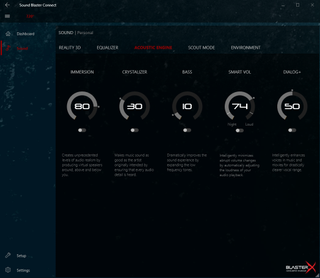

It’s important to not only understand how to calculate the OSHA Recordable Incident Rate, but also how to keep it as low as possible. Overall, the lower the rate, the better the safety performance. This information lends credibility to the users in the event of an inspection.Potential problems can be discovered before OSHA must intervene.Tracking this data helps improve safety initiatives.Not only does your company suffer large repercussions from OSHA, but the impact will be felt across your business, as: When incident rate numbers are high, this is a red flag for a poor safety environment. These rates involve “recordable injuries and illnesses”, which OSHA defines as any work-related incidents that result in death, loss of consciousness, days away from work, restricted work, medical treatment beyond first aid, or transfer to another job. Companies are compared only to others within the same industry, so “good” and “bad” rates are relative, but the general aim is to keep rates as low as possible. OSHA conducts investigations on companies that have high incidence rates of industrial accidents, however, the nature of the work and specific industry is also considered. Understanding Total Recordable Incident Rates The main causes of these incidents include sprains and strains, cuts and lacerations, overexertion, transportation accidents, contact with objects or equipment, violence, and falls, slips, trips.
CREATIVE SMART RECORDER UTILITY PROFESSIONAL

Arts, entertainment, and recreation: 3.0.Agriculture, forestry, fishing, and hunting: 4.6.Bureau of Labor Statistics, the incident rates of each private industry sector for 2020 are: The average OSHA Recordable Incident Rate varies some industries are more susceptible to recordable illnesses and injuries than others by nature (for example, a construction site versus a marketing office). OSHA Recordable Incident Rate by Industry


 0 kommentar(er)
0 kommentar(er)
